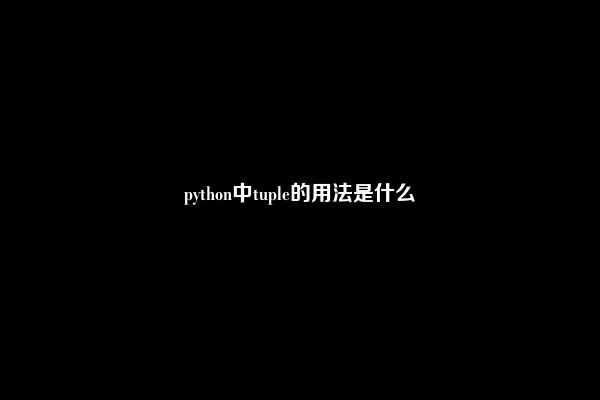在Python中,tuple(元组)是一个有序、不可变、可以包含不同数据类型的数据结构。它类似于列表(list),但不同之处在于元组的元素不能被修改。tuple使用圆括号进行定义,并且可以包含任意数量的元素。
以下是tuple的常用用法:
1. 创建tuple:
```
my_tuple = (1, 2, 3)
```
2. 访问tuple元素:
```
print(my_tuple[0]) # 输出:1
```
3. 切片操作:
```
print(my_tuple[1:3]) # 输出:(2, 3)
```
4. 遍历tuple:
```
for item in my_tuple:
print(item)
```
5. 元素查找:
```
print(2 in my_tuple) # 输出:True
```
6. 元素计数:
```
print(my_tuple.count(2)) # 输出:1
```
7. 元素索引:
```
print(my_tuple.index(2)) # 输出:1
```
8. 解包(unpacking):
```
x, y, z = my_tuple
```
9. 作为函数的返回值:
```
def get_coordinates():
return 1, 2, 3
x, y, z = get_coordinates()
```
需要注意的是,由于元组是不可变的,因此无法对元组进行修改。如果需要对元组中的元素进行修改,可以先将元组转换为列表,然后进行修改,再转换回元组。例如:
```
my_tuple = (1, 2, 3)
my_list = list(my_tuple)
my_list[0] = 4
my_tuple = tuple(my_list) # (4, 2, 3)
```



网友留言: